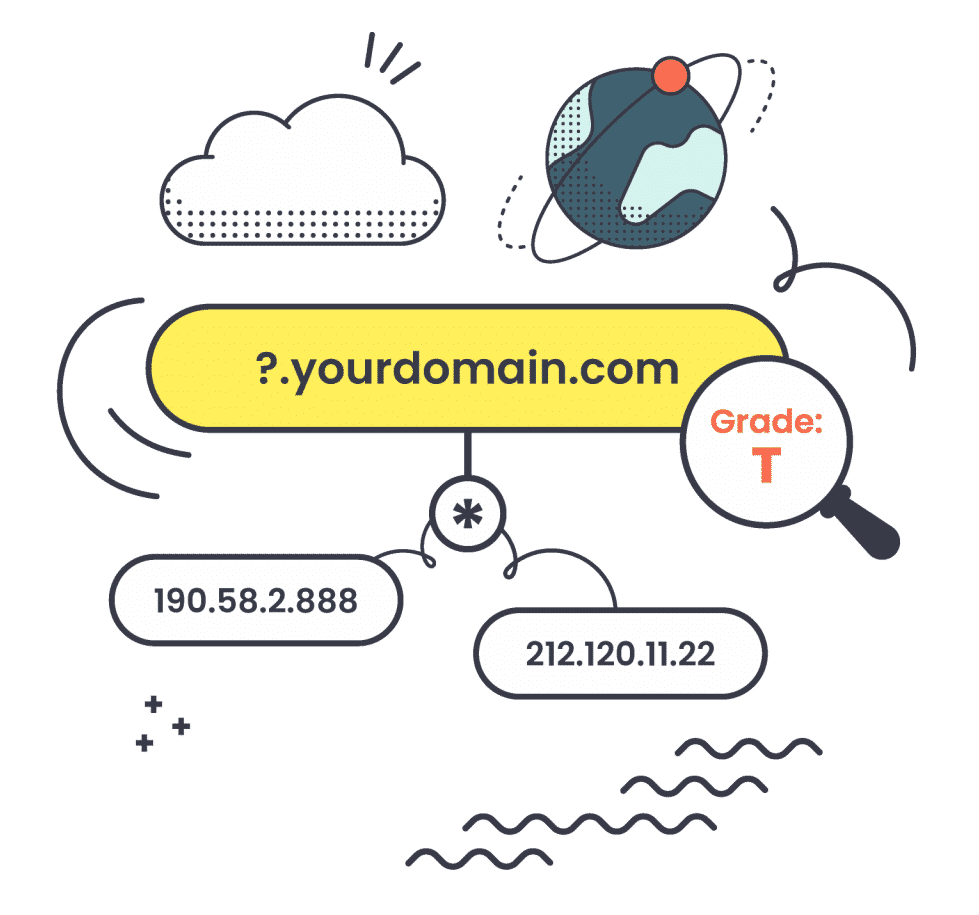
PSD2 Certificates
We have already helped numerous Nordic banks and third-party providers become PDS2 compliant, and we are ready to help you as well.

More Openness Requires More Security
In traditional banking, a customer interacts with banks and Payment Service Providers using separate logins. Apart from being a hassle, the traditional banking setup also lacks transparency regarding agreements and general terms.
What Do I Need for My Financial Business, a QWAC or QSealsC?
| QWAC | QSealsC | |
|---|---|---|
| Where is it used? | Identifies endpoints, protects data during communication | Identifies origin of document or data and makes it tamperproof in communication and storage |
| Security features | Confidentiality, authentication, and integrity | Authentication and integrity |
| Security features applicable to | Data in transit | Data at rest, data in transit |
| Does it provide legal evidential value for transactions? | No | Yes, under PSD2 |
PSD2 Features
Most Popular
QWAC
QSealsC
Where is it used?
Identifies endpoints, protects data during communication
Identifies origin of document or data and makes it tamperproof in communication and storage
Security features
Confidentiality, authentication, and integrity
Authentication and integrity
Security features applicable to
Data in transit
Data at rest, data in transit
Does it provide legal evidential value for transactions?
No
Yes, under PSD2
FAQ – PSD2 Certificates
What are PSD2 certificates? 
PSD2 certificates are electronic certificates used to identify parties involved in online financial transactions in accordance with the EU’s Payment Services Directive 2 (PSD2) regulation.
What is the purpose of PSD2 certificates? 
Generally, A Code Signing Certificate is built on the term “Public Key Infrastructure” (PKI) like SSL certificates, which includes a public key and a private key. A Private Key is used to sign the data, and the use of a public key is to confirm the sign of the data.
With the sign of software code, you can timestamp your code to avoid annoying expiry of the digital certificate. Users can trust signed software and they can download it easily, also increases reliability among software users.
A Code Signing software is useful to sign content like software objects, configuration files, manual, virus updates, device drivers, and similar.
Are there different types of PSD2 certificates? 
Yes, there are three types of PSD2 certificates: Qualified Website Authentication Certificates (QWACs), Qualified Certificate for Electronic Seals (QSealCs), and Qualified Certificate for Electronic Signature (QES).



